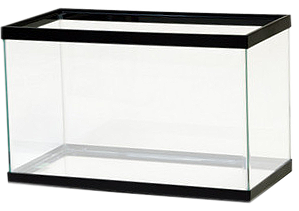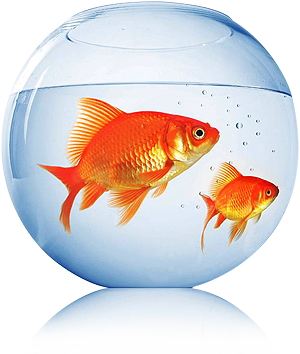Keeping an aquarium at home, as a hobby, is highly satisfying as it is rewarding. The inhabitants within those four corners gradually become a part of the family. Children tend to name the fish and even the corals inside the aquarium.
The Aquarium Hobby dates back to ancient times when Romans maintained marine specimens for later consumption. Since then, it has grown popular and developed gradually and, more recently in light of the last 30 years, it has come a long way. It is extremely relaxing to watch the fish and corals in their natural habitat. It also serves a greater cause in preserving these fish for the future by breeding different types of compatible fish in one aquarium and, at the same time, propagating corals by maintaining multiple aquariums.
Before starting an Aquarium one must follow a few simple steps. First we have to choose a specific set-up pertaining to fish tanks and the type of aquarium we want. There are primarily three types of Aquariums to choose from. They are as follows :
SALTWATER AQUARIUM – This mainly includes tropical fish from the ocean and/or corals. However, it is costlier.
FRESHWATER AQUARIUM – This is an excellent choice to begin with as it varies greatly in terms of set-ups and is very reasonable to purchase.
BRACKISH AQUARIUM – These are a mixture of salt and freshwater aquariums and quite rare. These welcome fish that live in estuaries.
Prior to purchasing the preferred aquarium one must get hold of a helpful reference book for setting it up properly. This nullifies any odd frustration that is imminent for beginners. After that, one must gather knowledge about the fish and/or plants they want to have. Judging the largest size of a selected fish is key to maintaining harmony within the aquarium. Food must also be supplied heartily and consistently. There are some fish who prefer to live only on corals. They are difficult to maintain as the availability of corals is not sufficient enough to keep feeding them. Also, the fish must be compatible to each other and should not have difficulty living together. The water of the aquarium must also be tested by the supplier in order to avoid harming any fish otherwise incompatible.
All these points kept in mind, and responsibilities aside, it is quite evident that home aquariums ensure countless hours of enjoyment for the entire family especially for the children as they tend to be the most curious. The more we know about these little creatures, the more we start enjoying their presence in the family.


Try out the other sections